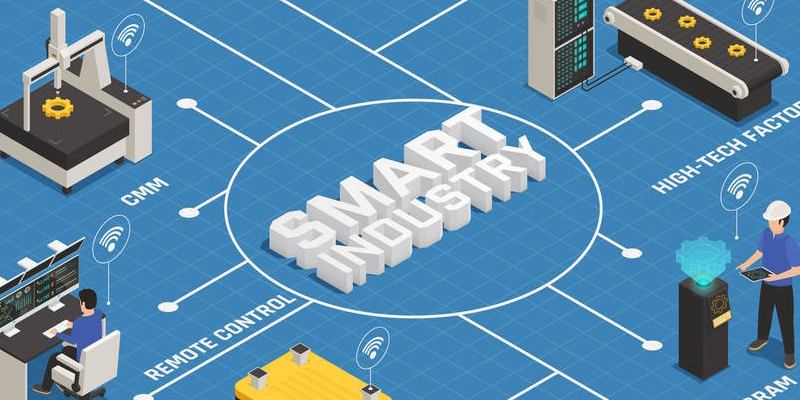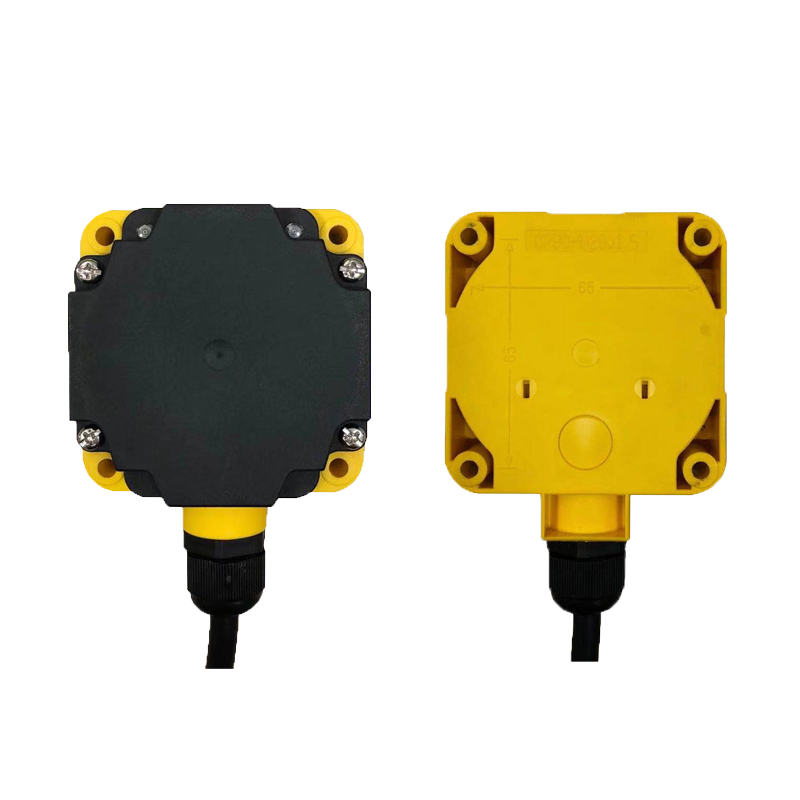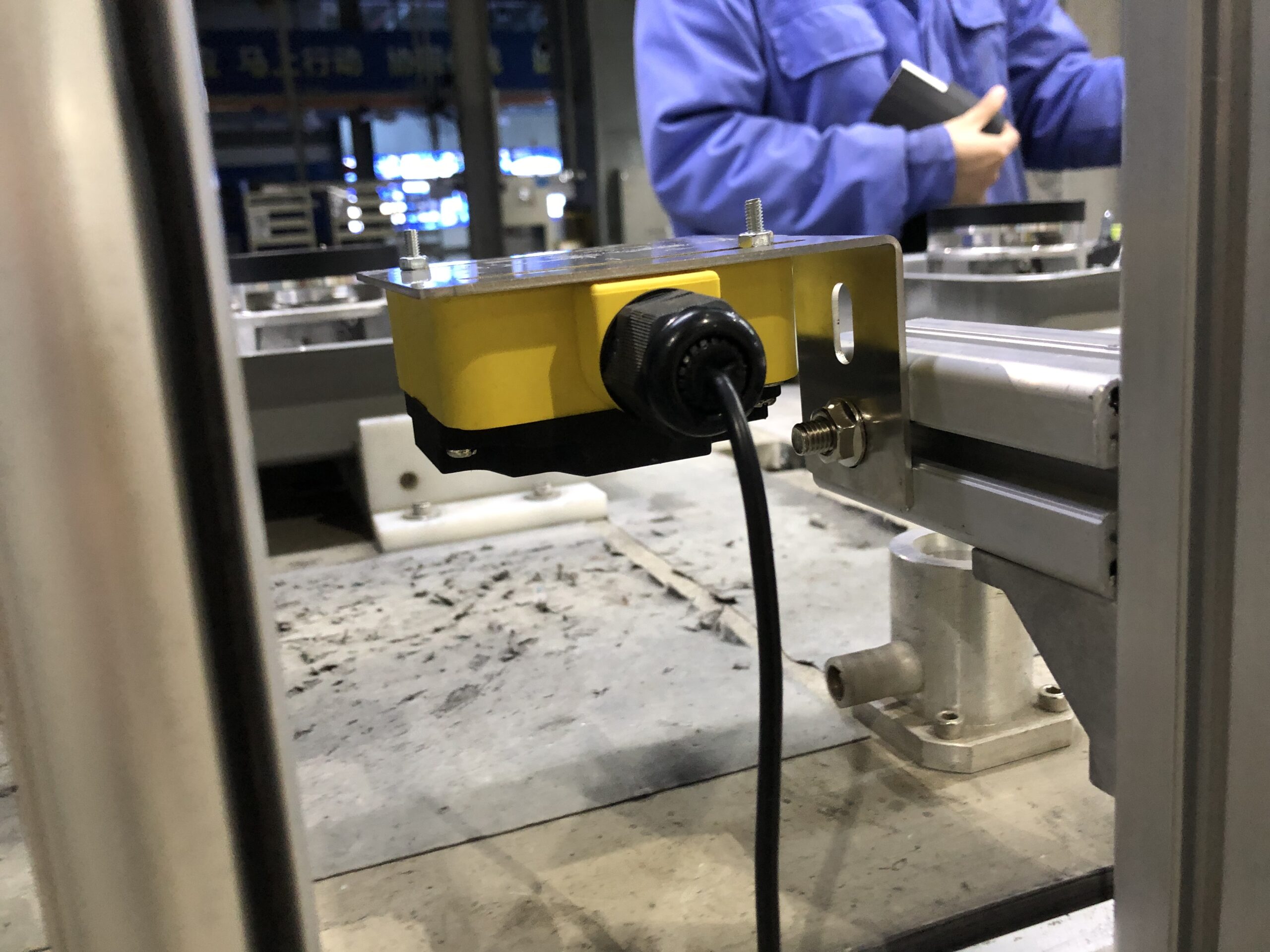
RFID radio frequency identification is a non-contact automatic identification technology that automatically identifies target objects and obtains relevant data through radio frequency signals. The identification work does not require manual intervention and can work in various harsh environments. RFID technology can recognize high-speed moving objects and simultaneously recognize multiple labels, making operation fast and convenient.
operational principle
Product:QW-103 UHF RFID Industrial Reader
A complete RFID system consists of three parts: a reader, an electronic tag, and an application software system. Its working principle is that the reader emits radio wave energy of a specific frequency to the electronic tag, which drives the electronic tag circuit to send out internal data. At this time, the reader sequentially receives and interprets the data, and sends it to the application program for corresponding processing.
System advantages
RFID is a flexible application technology that is easy to operate, simple and practical, and particularly suitable for automation control. Identification work does not require manual intervention. It can support both read-only and read-write working modes, without the need for contact or aiming; Able to work freely in various harsh environments: Short range RF products are not afraid of harsh environments such as oil stains and dust pollution, and can replace barcodes, such as tracking objects on factory assembly lines; Long range radio frequency products are mostly used in transportation, with recognition distances of up to tens of meters, such as automatic toll collection or vehicle identification










I needed to thank you for this excellent read!! I certainly enjoyed every little bit of it. I have got you saved as a favorite to check out new things you postÖ
Thank you for your comment, let’s learn about RFID knowledge together :)